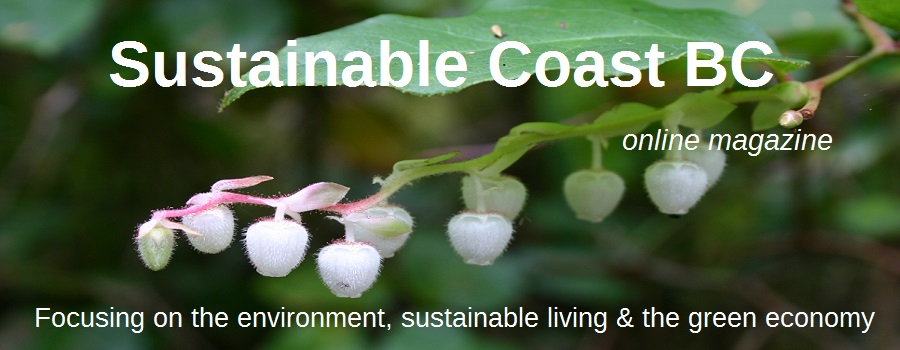News
The ministers decided that Site C is in the public interest and that the benefits provided by the project outweigh the risks of significant adverse environmental, social and heritage effects.
“It’s a sad day today,” said Wilderness Committee National Campaign Director Joe Foy. “We will be paying for this terrible decision for a long time to come. I do not think this dam will ever be built – but the fight it’s going to take to stop it could become very damaging to our governments’ relationships with farmers, First Nations and all people who value our environment.”
A Ministry of Environment press release stated "the decision was made after considering a co-operative environmental assessment with the federal government that included a joint review panel. The environmental assessment included consultation with and input from Aboriginal groups, government agencies, communities and the public. The environmental assessment process provided meaningful consultation with Aboriginal groups to understand the potential impacts of Site C on Aboriginal interests and to develop substantive accommodation measures that will avoid, mitigate or offset those potential impacts."
In its final report, the Joint Review Panel assessing the project acknowledged that the dam would have “significant adverse effects” on fish habitat, agricultural land and First Nations. The panel also concluded that "the Proponent has not fully demonstrated the need for the Project on the timetable set forth."
The Site C dam is strongly opposed by area farmers, ranchers and the Treaty 8 group of First Nations. Many environmental organizations in British Columbia have stood in opposition to the proposed dam as well.
Local activist George Smith who has been working with various organizations to stop site C dam said he was not surprised by the announcement and, "Rest assured that the Site C issue is far from over. It is a bit too soon to say exactly what course of action will be taken, but ain’t nobody here in any mood for backing down. "
The Province must still decide whether to proceed with the project based on an investment decision. Should the project proceed, the Environmental Assessment Office, consistent with its compliance and enforcement program, will co-ordinate compliance management efforts with other government agencies to ensure that the office is satisfied that certificate conditions are met. In addition, BC Hydro would be required to obtain a variety of provincial permits, through a process co-ordinated and led by the Ministry of Forests, Lands and Natural Resource Operations.
The ministers issued the certificate with 77 legally-binding conditions that BC Hydro must meet to be in compliance, including:
- Establish a fund of $20 million to compensate for lost agricultural lands and activities.The funds will be used to support enhancement projects that improve agricultural land, productivity or systems;
- Develop a Wetland Mitigation and Compensation Plan and monitor construction and operation activities that could cause changes in wetland function;
- Develop an Aboriginal Business Participation Strategy to maximize opportunities for Aboriginal businesses;
- Implement on-site health care with physician and nursing services to manage non-urgent issues for the workforce residing in camps;
- Develop protocols for application of construction methods, equipment, material and timing of activities to mitigate adverse effects to wildlife and wildlife habitat;
- Build 50 rental units in Fort St. John, of which 40 will be used for BC Hydro housing and 10 will be available for low-to-moderate income households. Upon completion of the construction phase, the 40 worker housing units will be made available to low-to-moderate income households;
- In collaboration with a Cultural and Heritage Resources Committee that includes Aboriginal groups, develop and implement mitigation measures to manage effects on cultural resources;
- Design the installation and use of a trap-and-haul facility as part of a fish passage management plan;
- Establish three new boat launch/day use sites and provide approximately $200,000 for a Community Recreation Site Fund; and
- Monitor greenhouse gas emissions from the reservoir for the first ten years of operations as part of a Greenhouse Gases Monitoring and Follow-up Program.
The $7.9-billion Site C project would be a third dam and hydroelectric generating station on the Peace River in northeast B.C. It would provide 1,100 megawatts of capacity and produce about 5,100 gigawatt hours of electricity each year - enough to power the equivalent of about 450,000 homes per year.
